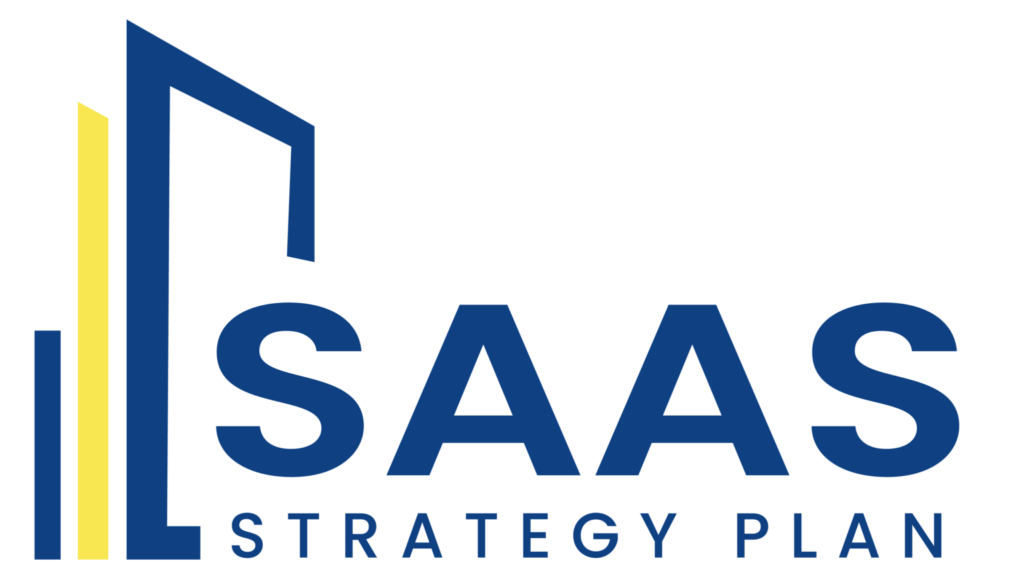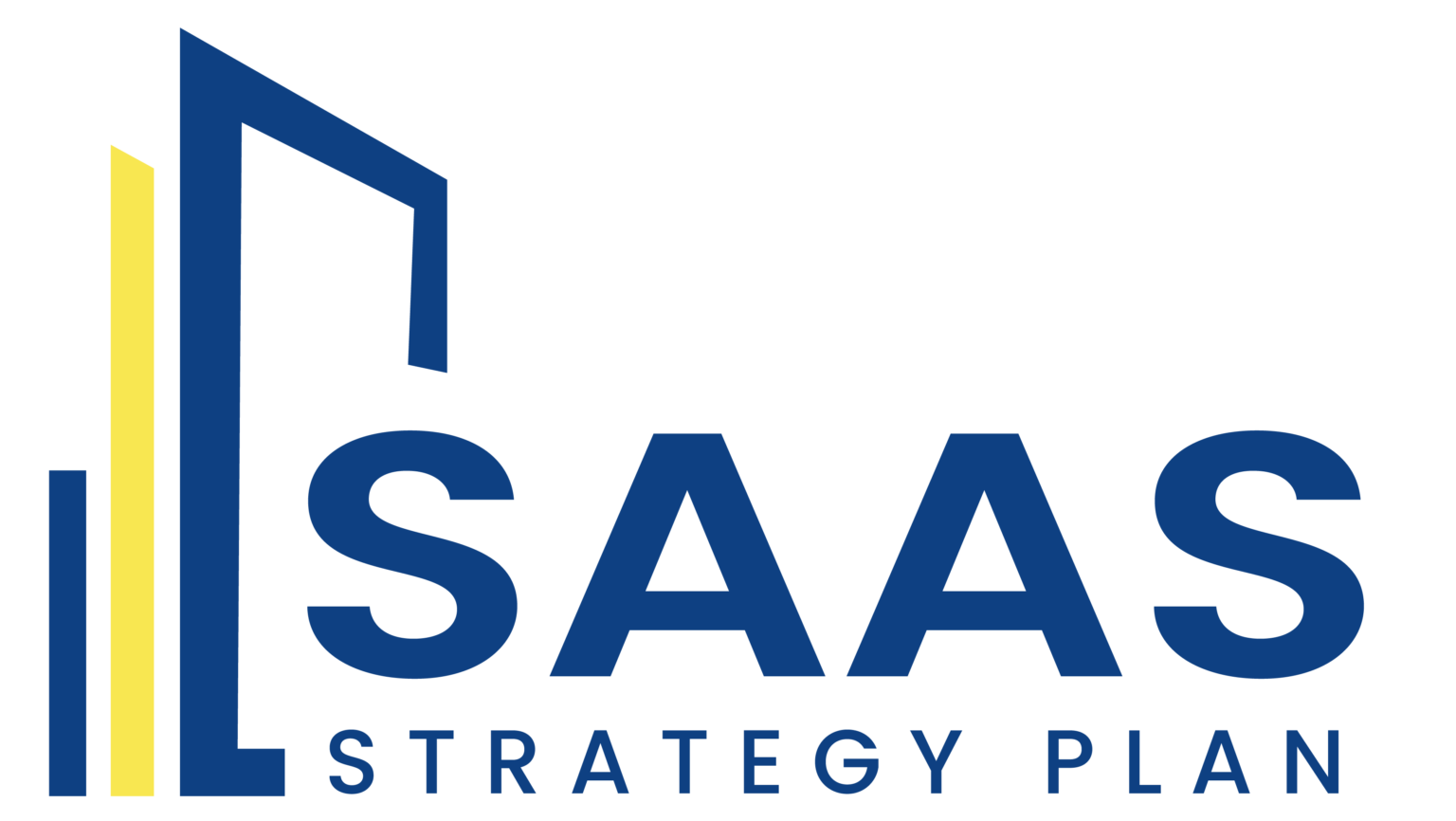Building a SaaS startup is no small feat. Despite the growing opportunities in the SaaS market, the harsh reality is that many startups struggle to stay afloat. While some challenges are inevitable, understanding and addressing common pitfalls can significantly increase your chances of success. Here are the seven most common reasons SaaS startups fail and actionable strategies to avoid them.
Lack of Product-Market Fit
Problem:
Many SaaS startups launch a product without validating whether it meets a real market need. This leads to poor adoption and eventual failure.
Solution:
- Conduct Market Research: Use surveys, interviews, and focus groups to identify pain points in your target market.
- Build MVPs: Test your idea with a Minimum Viable Product (MVP) before fully committing to development.
- Iterate Based on Feedback: Continuously refine your product based on user feedback.
High Customer Churn Rates
Problem:
Retaining customers is critical for SaaS companies, but poor onboarding, lack of support, or unmet expectations often lead to high churn.
Solution:
- Invest in Onboarding: Create a seamless onboarding process with tutorials, demos, and proactive communication.
- Prioritize Customer Success: Establish a dedicated customer success team to guide users and resolve issues.
- Monitor Churn Metrics: Track churn rate and Net Promoter Score (NPS) to identify and address retention issues early.
Ineffective Marketing Strategies
Problem:
A great product is useless if no one knows about it. Many SaaS startups fail because they don’t invest in the right marketing strategies.
Solution:
- Develop a Content Strategy: Use blogs, webinars, and case studies to educate your audience and showcase expertise.
- Leverage Paid Ads and SEO: Optimize your website for search engines and run targeted ads to drive traffic.
- Utilize Social Proof: Highlight customer testimonials, reviews, and case studies to build trust.
Poor Financial Management
Problem:
SaaS startups often burn through their cash reserves without achieving sustainable revenue, leading to financial strain.
Solution:
- Focus on Recurring Revenue: Prioritize Monthly Recurring Revenue (MRR) growth over one-time sales.
- Control Costs: Keep a tight leash on operational expenses and avoid over-hiring too soon.
- Secure Adequate Funding: Explore venture capital, angel investors, or bootstrapping options to sustain operations.
Inflexible Pricing Models
Problem:
A rigid or misaligned pricing model can alienate potential customers and limit your revenue potential.
Solution:
- Adopt Flexible Pricing: Experiment with freemium, usage-based, or tiered pricing models to cater to diverse customer needs.
- Test Pricing Regularly: Use A/B testing to understand what resonates best with your target audience.
- Align Price with Value: Clearly communicate how your pricing reflects the value delivered by your product.
Ignoring Customer Feedback
Problem:
When startups fail to listen to their customers, they risk creating a product that doesn’t solve real problems.
Solution:
- Create Feedback Loops: Regularly collect customer feedback through surveys, reviews, and user interviews.
- Act on Insights: Use feedback to refine your product, improve features, or address pain points.
- Engage with Customers: Show customers that their input matters by communicating changes based on their suggestions
Neglecting Competitor Analysis
Problem:
Failing to monitor competitors can leave your SaaS offering outdated or less competitive in the market.
Solution:
- Conduct Regular Analysis: Monitor competitor pricing, features, and marketing strategies.
- Differentiate Your Offering: Identify unique selling points (USPs) that set your product apart.
- Stay Agile: Be prepared to pivot or innovate in response to market changes
Conclusion
While the SaaS industry offers tremendous opportunities, success requires careful planning, execution, and adaptability. By avoiding these seven pitfalls, SaaS startups can build a strong foundation for sustainable growth.


